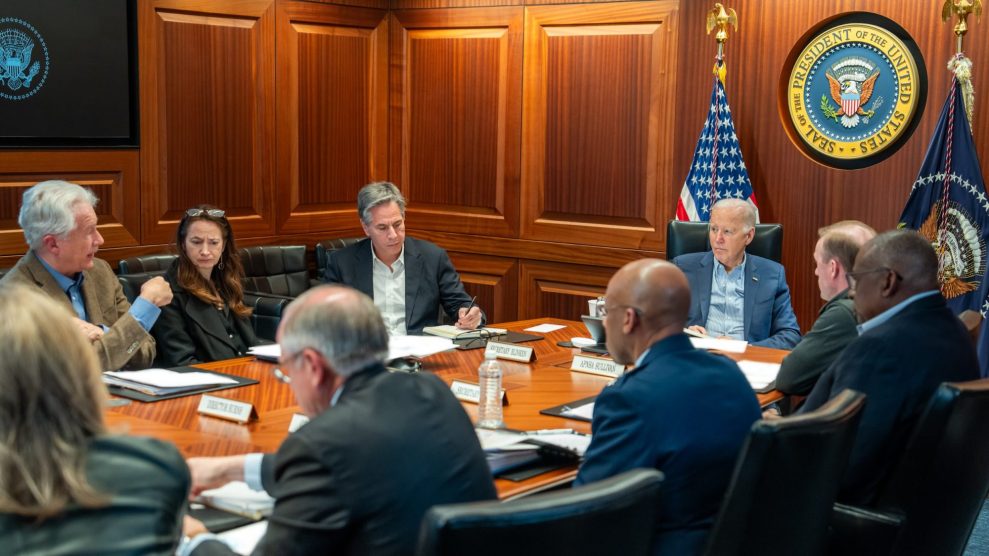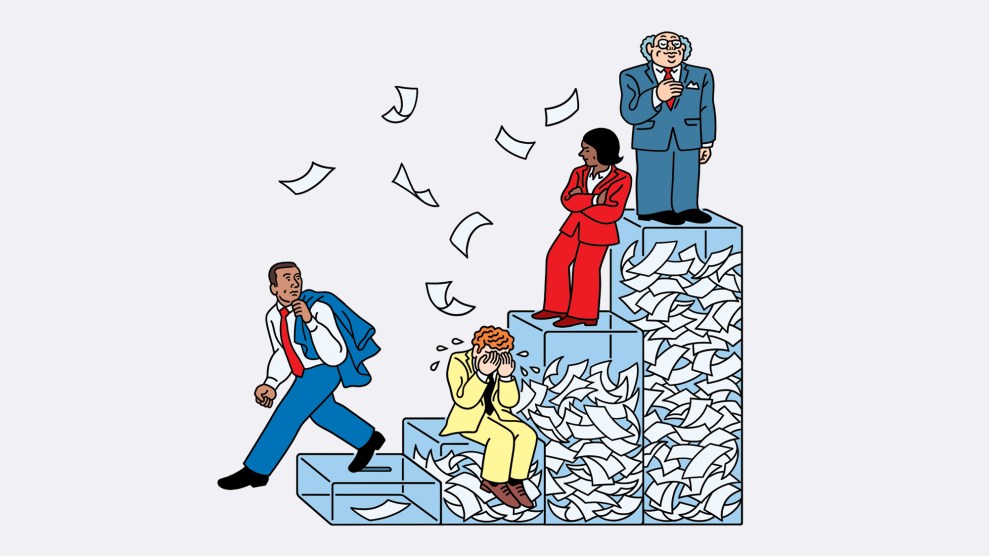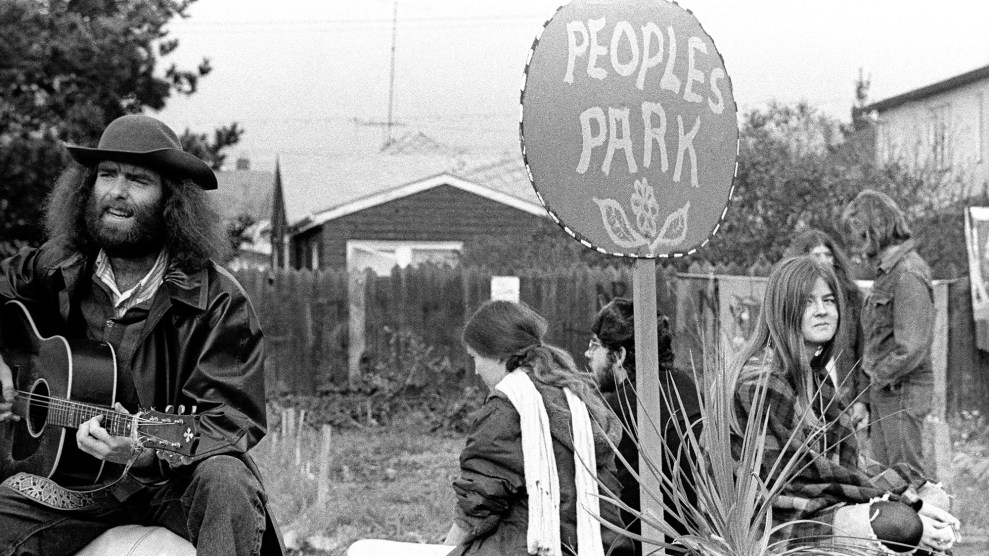at the end of last year, the Goddess of the Yangtze, or Baiji—known to us in the West as the Yangtze River dolphin—was declared extinct. If you heard anything about it, what you probably learned was this: The Baiji was cute. It was one of only four river dolphins left in the world. It was the first large aquatic mammal species known to have gone extinct since the 1950s. During the Great Leap Forward, China outlawed veneration of the Baiji; thereafter, it was hunted for meat and sport, but what finally killed it off was the Three Gorges Dam.
That might seem to be a tale as unique as it is sad—specific to the Baiji, to the Yangtze, to China’s politics and its rush to develop. Just as we tend to see the plight of the Bengal tiger, the panda, the polar bear, as unique to particular pressures and cursed locales. No wonder, for that’s how we were taught conservation. As kids we rallied to the cause of an animal (Save the Whales) or a regional ecosystem (Save the Bay)—something close to home, emotionally at least. The fight was over one animal, one locale, one affected industry at a time.
And we had it all wrong. As Julia Whitty points out in “Gone,” biologists agree that humans have put into motion the sixth great extinction—the fifth being the one that killed off the dinosaurs. Darwin taught us that species go extinct and others evolve to fill the gaps. But the current rate of extinction is at least 100 times above normal, and Harvard biologist Edward O. Wilson estimates it to be 1,000 to 10,000 times greater—meaning somewhere between 2.7 and 270 species are wiped out every single day. Unless we dramatically change course, Wilson predicts half of all plants and animals will be extinct by 2100.
So what? Well, what we owe to biodiversity, writes Whitty, is “literally everything. The air we breathe. The food we eat. The materials of our homes, clothes, books, computers, medicines. Goods and services that we can’t even imagine we’ll someday need will come from species we have yet to identify.” Seven in ten biologists believe the extinction juggernaut to be a colossal threat to humanity, one far more dire than even its contributor, global warming. Who knew?
Which leads to a theme of this issue: Denial. True, America was built on denial—on people convincing themselves that the journey was not that hard, the future not that uncertain, the chances of striking it rich not that slim. Denial loses any appeal, though, when self-deception mutates into plain old deception: when officials, corporations, and other dead-enders help us lie to ourselves about war, toxic threats, or planetary damage—that means you, Michael Crichton!
People deny reality because the truth is hard to face, because fixing the problem seems impossible. But it is not. The Industrial Age transformed the world in 100 years. So too could a Sustainable Age, in which humanity decides, for its own survival, that it is time to mitigate, halt, and then reverse the damage we’ve done. Thomas Edison and Henry Ford, to say nothing of Martin Luther and Martin Luther King Jr., all revolutionized their times. Who’s next?
Throughout history, transformative ages have arisen from the interplay of scientific invention, philosophical insight, and popular demand—from refusing to accept the status quo, and being open to what could lie ahead. That’s denial of a different kind. Denial that change is impossible.

















